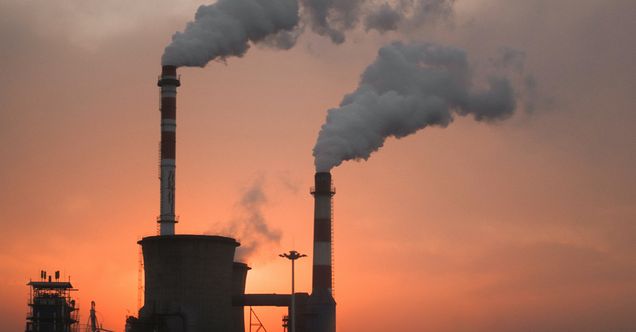The Effect of Foreign Investment on Asian Coal Power Plants

Generating 38.5 percent of the global electricity supply, coal-fired power plants are the largest contributors to carbon dioxide (CO2) emissions in the power sector. The development of these plants represents the tradeoffs and tensions between expanding and improving electricity supply, while reducing CO2 emissions, as embodied in the UN 2030 Sustainable Development Goals (SDGs) Goal Seven for Affordable Energy and Climate Action. Although few coal plants are still being built in advanced economies, there has been a vast expansion of coal plants in Asia, which accounts for 90 percent of the new coal-fired capacity worldwide over the past 20 years. Foreign investors, many of them from developed countries, have played a key role in this development, investing over $62 billion (54 GW) in Asia’s coal power deployment.
With this background in mind, have foreign investors delivered cleaner energy than their domestic counterparts in Asian countries? A new journal article published in Science Direct Energy Economics by Cecilia Han Springer and coauthors surveys available data to discern whether plants designed and built by foreign companies are cleaner or dirtier than their domestic counterparts. The study also explores whether the Asian region benefits from technological spillover from the efficient technologies of foreign firms.
Main findings:
- Plants with foreign architecture and engineering companies are significantly cleaner in terms of CO2 emissions intensity than their domestic counterparts, but the difference is relatively small, at 3.43 percent.
- South Korea has the cleanest overseas coal power plants, with 8.9 percent lower CO2 emission intensity than the domestically funded counterparts.
- The United States, Japan and the European Union also have cleaner power plants with 5 to 6 percent lower emission intensity.
- The emission intensity of coal plants associated with companies from China, which has built the most coal plants in Asia, is the same as the emission intensity of domestic power plants.
- Japan and China have had the greatest technological spillovers that reduce emissions intensity of domestic plants.
- Plants associated with Russian companies are even dirtier than domestic plants.
- Coal plants funded by emerging countries, such as China and Russia, have no significantly better environmental performance than domestic plants in Asia.
- The primary mechanism driving lower emission intensities in foreign coal plants is better heat rates, a measure of technological efficiency. By burning less fuel per amount of electricity generated, these plants have lower CO2 emission intensity.
- Only the coal plants built by the United States and South Korea tended to use cleaner coal.
The findings suggest that power plants associated with foreign companies are on average 3.4 percent cleaner in terms of CO2 emissions intensity than their domestically funded counterparts, with an effect that varies by foreign country, from 8.9 percent cleaner for South Korea, to 2 percent dirtier for Russia. The authors also found that better technology driving plant-level heat rate explains 96 percent of this improved environmental performance, while cleaner coal (with a lower emissions factor) explains the remaining 4 percent. According to the authors, the environmental performance of foreign-funded coal power plants has only a negligible spillover effect on the performance of domestically funded plants. Although foreign involvement slightly reduces CO2 emissions per unit of electricity, overall, it increases global reliance on coal, thus undermining global ambitions to curb greenhouse gases.
Read the Journal Article